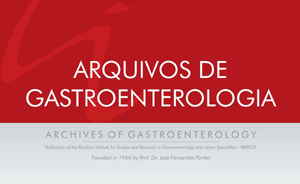CONTEXTO: A maioria dos pacientes submetidos a transplante hepático apresenta hiperesplenismo, que é revertido após a operação. Entretanto, alguns pacientes permanecem com hiperesplenismo moderado a intenso. OBJETIVO: Avaliar o efeito do transplante hepático na contagem de plaquetas de pacientes com hiperesplenismo. MÉTODOS: De um total de 233 pacientes que foram submetidos a transplante hepático, 162 foram excluídos do presente estudo devido à ocorrência de rejeição resistente a corticóide, ausência de hiperesplenismo antes do transplante, ausência de seguimento pós-transplante por pelos menos 2 anos ou dados de exames incompletos. O protocolo eletrônico de estudo dos demais 71 pacientes foi revisado para determinar os aspectos demográficos, a etiologia da cirrose e o resultado do exame patológico do fígado explantado. Contagem seriada de plaquetas foi obtida do protocolo de estudo no dia antes do transplante e 1, 2, 4 e 6 meses e 1 ano após o transplante. Análise estatística foi realizada empregando o teste t de Student, o teste qui ao quadrado e o teste de correlação de Spearman. RESULTADOS: A contagem de plaquetas pós-transplante em todos os intervalos de tempo foi significantemente maior que os valores pré-transplantes (P<0,001 para rodos os intervalos de tempo). Trombocitopenia foi revertida (contagem de plaquetas >100.000/mm³) em 58 pacientes (81,7%) 1 mês após o transplante. Doze pacientes (16,9%) permaneceram com trombocitopenia 1 ano após o transplante. Três pacientes (4,2%) tiveram recurrência da trombocitopenia dentro de 1 ano após o transplante. Não houve correlação entre a contagem de plaquetas pré-transplante e a classe de Child-Pugh e o escore de MELD. CONCLUSÃO: O transplante hepático reverte o hiperesplenismo na maioria dos pacientes.
Contagem de plaquetas; Hiperesplenismo; Transplante hepático


